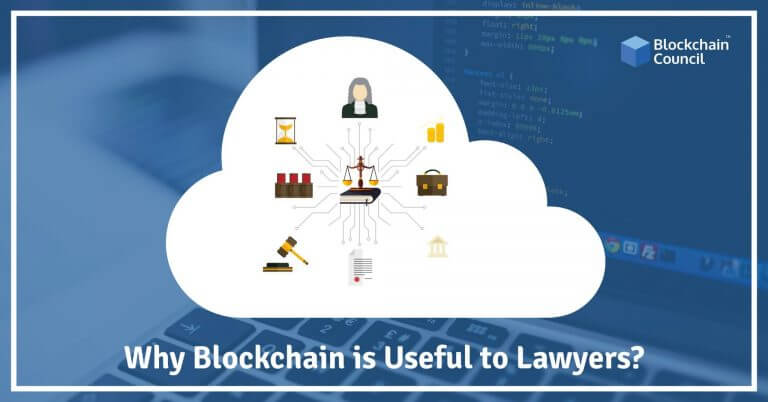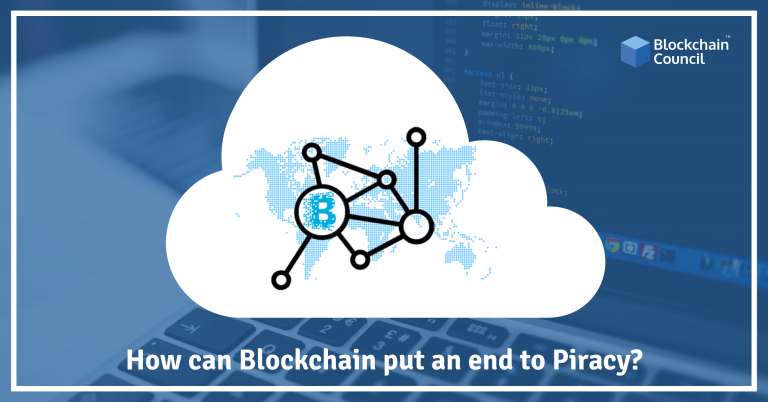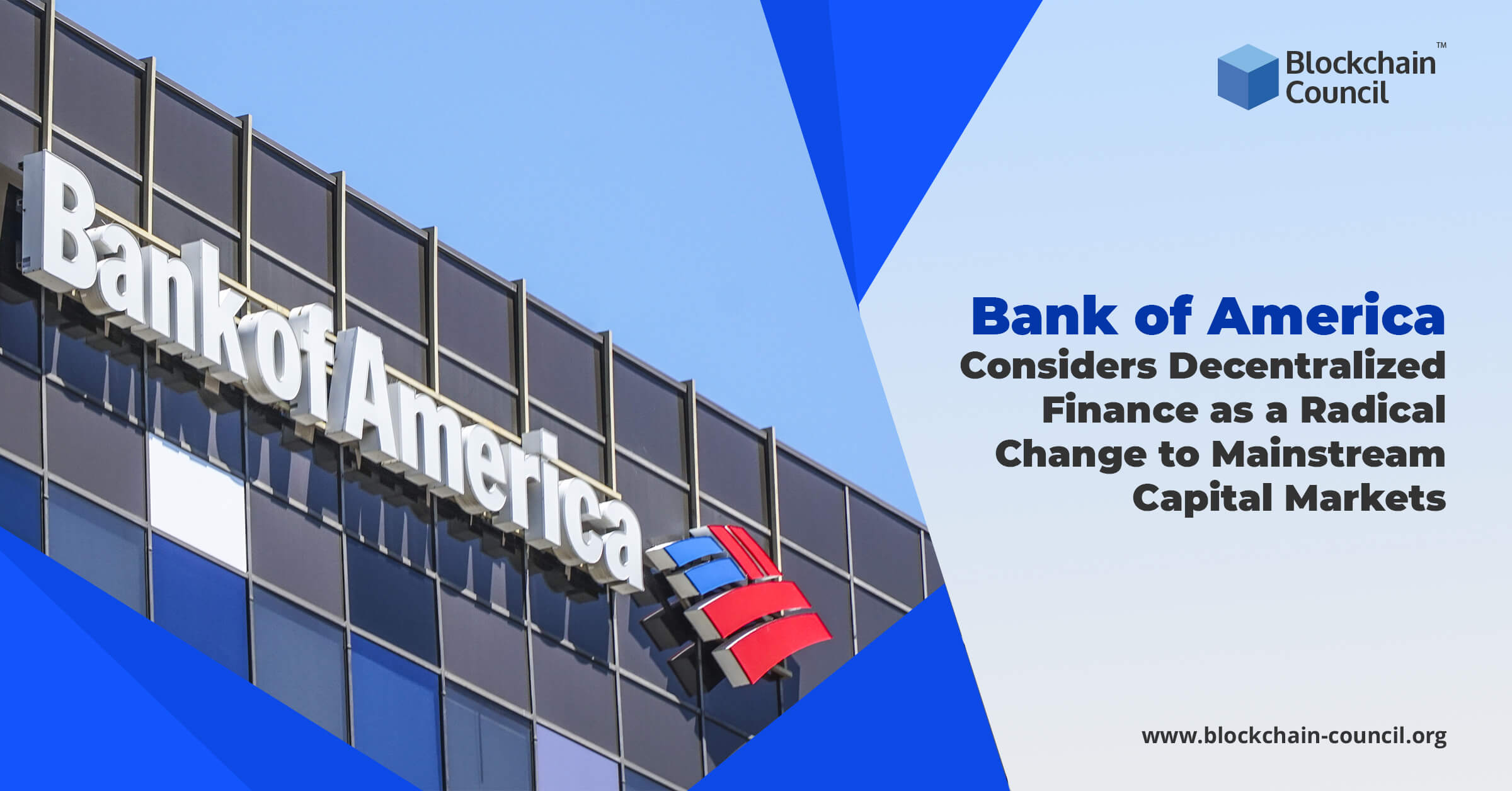
- Katherine Lutz
- June 20, 2019
The blockchain is an oft-misunderstood concept that’s taken the tech world by storm in the last decade. Most people recognize its association with cryptocurrency and Bitcoin, but blockchain in edtech? How would that work? Here’s a brief overview of how this groundbreaking technology might make its mark in the world of education.
For Students
Blockchain can affect students, teachers, and employers if it is more widely implemented in the educational sphere. Let’s focus first on the effects on students.
Since blockchain technology presents a secure and verified identity tracking mechanism for students, it offers a release from bureaucratic clutter for students. Much of the paperwork and authentication methods that students have to do when trying to transfer credits, add a class or get approval from multiple sources could be avoided with blockchain.
By having a centralized and secure ID system, students could use the same blockchain technology to redeem school lunches, check out library books, and check in for standardized tests.
Aside from sparing students the hassle of having to run back and forth across campus tracking down different departments for signatures and stamps, blockchain can also alleviate financial burdens. Back in college, I remember having to pay between $10 and $30 every time I wanted to get an official transcript or credit report sent somewhere. This cost came from the time required to verify a transcript, stamp it, seal it, and send it out. But it also enabled schools to upcharge students for required materials.
With blockchain, schools and students and verify authenticity and identity much faster and much more cheaply, with those benefits spread among staff and students.
For Teachers
The kind of authentication and credentialing that blockchain allows for students can be just as important for teachers. Oftentimes, teachers struggle to transfer schools or apply for new jobs because of the hassles of getting recertified or having their identity checked.
Todd VanDuzer, CEO of Student Tutor, puts it this way: “In an economy that calls for increasing mobility and flexibility, teachers need tools to help them succeed. Blockchain represents an exciting opportunity for teachers to save time when getting re-certified, guest lecturing, or even working for private education companies.”
Teachers could also benefit from blockchain because it would make approving substitute teachers easier, cut down on proxy test-taking, and make taking attendance and keeping track of grades much simpler.
For Employers
Implementing blockchain in edtech fields has implications beyond the school itself. Employers looking to hire qualified individuals to have a vested interest in this new tech.
In an age where more jobs than ever require college degrees or certificates, fraud is becoming more and more prevalent. Diploma fraud is quite common; according to “Degree Mills: The Billion-Dollar Industry That Has Sold Over a Million Fake Diplomas,” it’s possible that up to half the people who claim they hold a Ph.D. may not have a real one.
Blockchain can help eliminate this diploma fraud, adding value to the real degrees earned by students and helping employers avoid getting scammed. Third party costs incurred by needing to get diplomas verified and degrees sent from schools to employers can be reduced and both employers and employees can save money in the hiring process.
Given the potential ubiquity of blockchain in the education sector, many improvements are on the horizon. Blockchain is relatively frictionless to implement (although not as incredibly easy and free as some enthusiasts claim) and can permeate the edtech world without disrupting its user experience.
Students, teachers, and employers all stand to gain from this new technology; now it’s just a matter of integration.





































































 Guides
Guides News
News Blockchain
Blockchain Cryptocurrency
& Digital Assets
Cryptocurrency
& Digital Assets Web3
Web3 Metaverse & NFTs
Metaverse & NFTs
